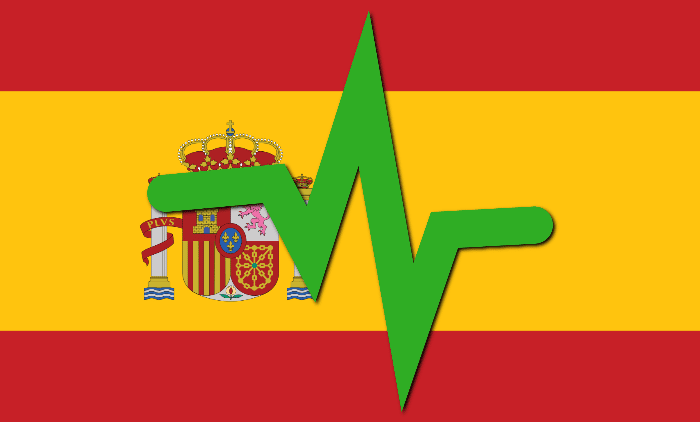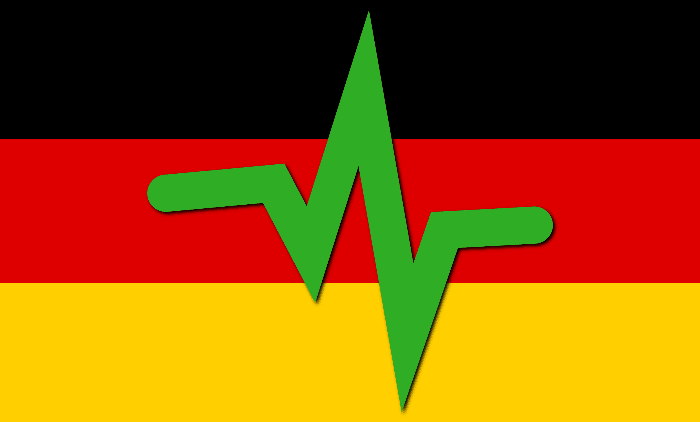Vaccines against cancer: the melanoma vaccine is coming… and then?
[ad_1]
The appearance 17 years ago of the first, and so far only, cancer vaccine – cervical cancer – closed the doors to the development of new immunizations against other tumor diseases. Scientists warned that what happened with the cervical tumor was explained only by the fact that this disease was caused by a virus, human papilloma, which made it exceptional. The rest of the cancers, which are more than 200 and all different, are linked to different biological processes related, fundamentally, to aging. With an approach like this, it seemed useless to think about using the same tool. Until covid and its unexpected vaccine changed everything and reopened this route.
Immunity against melanoma – based on messenger RNA technology – is expected to favor the development of vaccines to treat stubborn and deadly cancers such as lung, breast and liver cancer. The prototype being tested has changed everything. “It has breathed new life into the field of cancer vaccines,” says oncologist Eva Muñoz Couselo, member of the board of directors of the Spanish Society of Medical Oncology (SEOM). “They have truly opened the door to personalized medicine in cancer, to being able to treat each patient based on their tumor and their immune system,” details the specialist.
Hospitals in Spain treat about 7,500 cases of melanoma every year, a disease on the rise. Its appearance is influenced, above all, by exposure to ultraviolet radiation from sunlight, but also by genetic predisposition and a history of severe and repeated sunburns.
How to beat it
80% of the disease occurs on apparently healthy skin and only 20% – one in five cases, which is not small – is related to a previous skin lesion, such as a mole, which evolves and becomes malignant. The objective of this vaccine, according to the specialist, is to ensure that the immune system generates an effective response against tumor antigens. And it was right there, in the main stumbling block of her research, where scientists have found the answer to the question that had been bothering them: Why do promising prototypes, all without exception, fail?
The substances used to generate an immune system response were not strong enough. Cancer, as researchers have seen throughout history, always ended up defeating the antigens caused by the preparations. But that barrier has finally been overcome. This has been made possible by advances in the development of vaccines and what is called genetic sequencing, a technology that allows us to know and decipher the genetic code of living beings.
The so-called next generation sequencing (NGS) has offered the possibility of identifying tumor-specific antigens that science has called ‘neoantigens’: these are, as Muñoz Couselo details, mutated substances (autoantigens) that are specific to each tumor and that only tumor cells express. They constitute the “ideal target for the development of therapeutic vaccines against cancer”, such as the one that has been developed against melanoma. Therapeutic means that it is not designed to prevent the disease (like classic vaccines, the flu, for example), but to treat it once it breaks out.
Nine punctures
The prototype jointly designed by the pharmaceutical companies Merx and Moderna (remember?) encodes up to 34 tumor neoantigens specific to each patient. Studies carried out with 157 patients have shown that combined with a known chemotherapy agent (pembrolizumab) it reduced the risk of the disease reappearing after 18 months by 44%. After three years of follow-up, the possibility of recurrence or death already rises to 49% and the risk of metastasis drops to 62%. Its side effects are also “mild”: fatigue, pain in the injection area and chills.
The vaccine is administered intramuscularly, although a single puncture is not enough. It requires nine injections, given every three weeks. Added to the treatment is the time necessary to manufacture the specific vaccine for each patient, between six and eight weeks. Oncologists believe that the preparation will be used, initially, to prevent relapses and, over time, will be expanded to the treatment of metastatic disease.
The results obtained are so encouraging that experts are confident that this model will also help treat so-called non-small cell lung cancer, which accounts for between 80% and 90% of cases; hepatocellular liver cancer, (the most common primary cancer, linked to cases of chronic hepatitis and cirrhosis); and a very malignant breast tumor, called triple negative, which represents 15% of the pathology. Are good news. “A new era has begun against cancer,” confides the SEOM specialist.
[ad_2]
Source link





